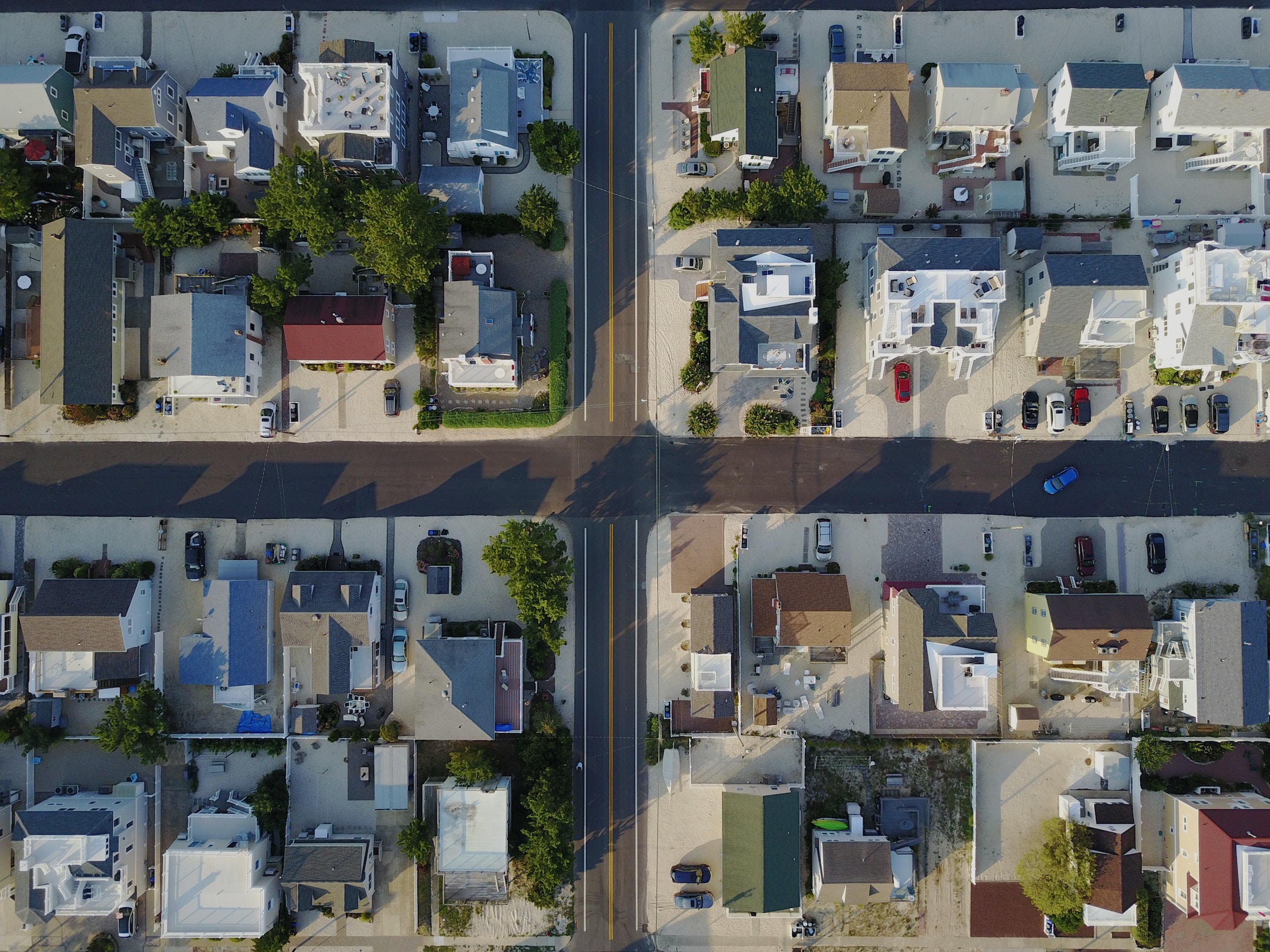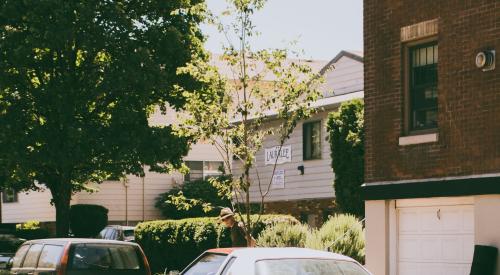New homes in the U.S. are being built to higher standards than in the 1970s, but there is a problem: New housing has been insufficient to meet the demand created by net new household formations. Consequently, the rate at which older homes are being removed from the housing stock is slow and older homes are in use longer, without the infusion of newer homes.
The number of homes built pre-1970 has slowly been falling over time, with only a little over six out of every 1,000 homes built then being removed from the stock each year, according to the National Association for Home Builders. The association's VP for survey and housing policy research, Paul Emrath, writes, "In the long run, loss rates as small as this are not sustainable, of course, as that would imply half of new homes built in some regions last 1,000 years." But, in the medium-term, he says, it may be feasible to keep production and loss rates at current levels.
Over the 40-year span from 1961 through 2000, housing starts averaged a little over 1.5 million a year, but they have been nowhere near that high since 2006. As a recent NAHB study explains, one outcome of this shortfall has been a tendency for older homes to remain in service longer. Attempts to improve the stock of housing in the U.S. (for example, through new development standards or building codes) therefore make relatively little sense without a concomitant strategy to increase overall production of new homes that will be built using these new codes.











